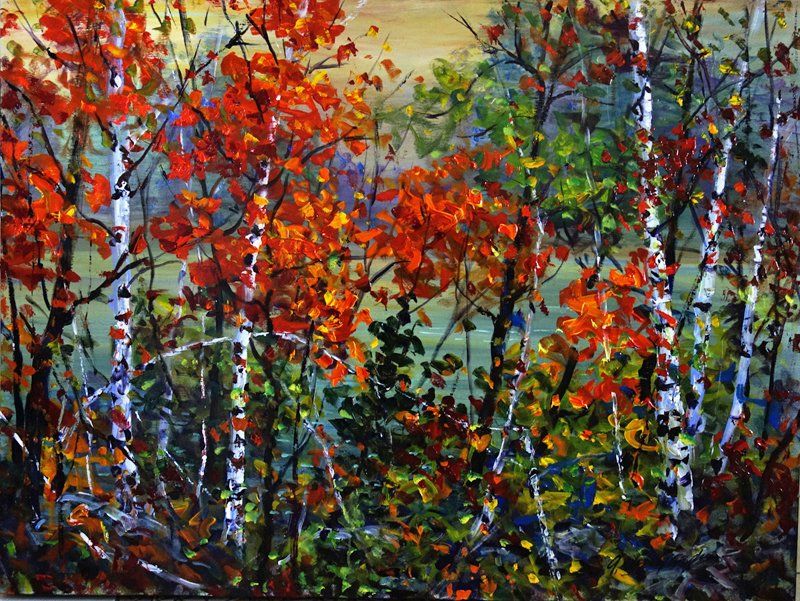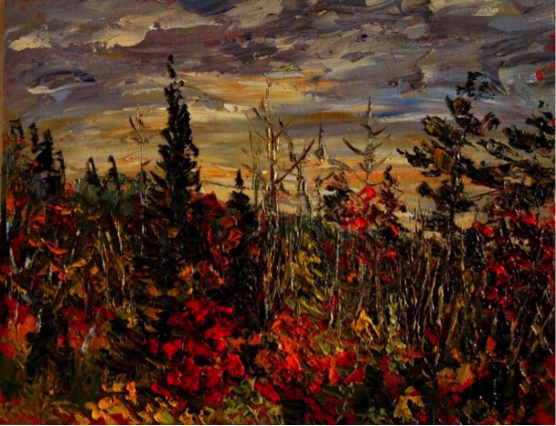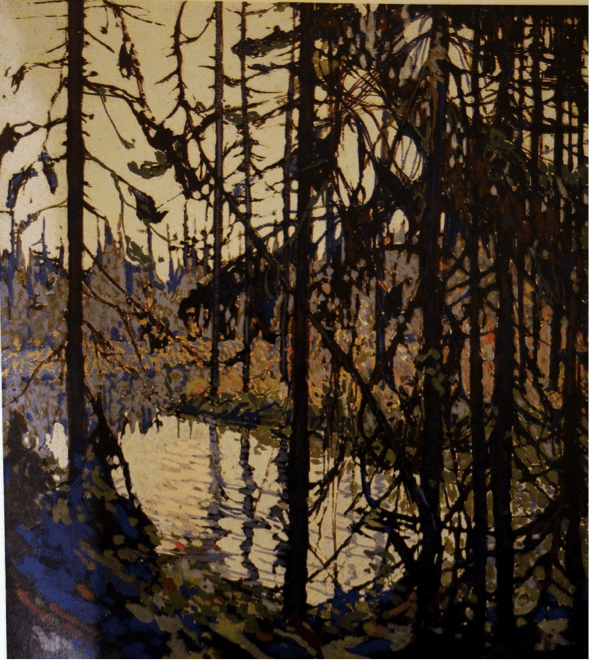Blog Layout
HOW LONG DOES IT TAKE TO DO A PAINTING – A short commentary
John Gardner • Feb 19, 2020
This is the number one question I get when I’m displaying my work. The truth is that for most paintings like small plein air panels, the answer is “not very long”. Understandably it does require an absolutely dedicated period of time based on a skill set I started to develop as a 7 year old and continue to this day. This skill set is still a work in progress after 60 years! A painting can take anywhere from a half hour to days and even years for some really large pieces before some are finished. The preparation and cleanup can take longer to execute than doing a small plein air panel.
If I try to explain what is behind each painting by quantifying time, costs and frustration it may be easier to visualize what I’m talking about. When you get the best from a working artist, you get the experience that years of trial and error can teach. For me, in the last 20 years, I have probably gone through 100 K of paint, brushes, canvas, easels, and boxes, not to mention the cost of frames where I have used them. Artists have a tendency to be quite mobile and can use up a vehicle in a few years if they travel to a lot of shows, venues as well as travel to art shops and other suppliers where all the tools of the trade can be found. I probably have around 15,000 hours in painting and its related activities over the last 10 years.
I have been fortunate enough to have been collected by clients from around the globe. This makes my efforts worthwhile. I am very grateful. I hope this short commentary helps clarify some of the basic questions about the elements and effort that are behind each and every painting.

By John Gardner
•
12 Feb, 2020
Assuming the painting was produced using the finest oils and pigments, there is really little to do but enjoy the work. The most common concern for new collectors is light exposure in excess. High quality oils and acrylics are made of light-fast pigments which have been rigorously tested for colour longevity. Under average room conditions there is little concern. Typically oils and acrylics do not require glass for showing. I would however, recommend avoiding temperature and humidity extremes. Occasional surface dusting can help. Most oils and acrylics are varnished with a protective finish that will help maintain colour chroma for a lifetime of enjoyment. When transporting a work, make sure there are no pressure points against the canvas.

By John Gardner
•
06 Feb, 2020
Years ago I experimented with a French easel which was beautifully designed and made but I found it too heavy and cumbersome. I eventually made several plein air box prototypes based on what I thought I would work until I refined the product down to an 8 ½” x 10 ½” (internal dimensions) box that would hold a palette and one panel the same size. The box weighs around one pound without any paint. I usually preload the palette with enough paint to cover the selected panel size for the day. This box is made from white cedar and Baltic birch plywood and reinforced with fiberglass. It has an insert nut that allows it to be mounted on a tripod. The panel can be clipped to the box lid when it is hinged up in an upright position or held separately. My field pack usually weighs much less than l0 lbs. and both hands are usually free while hiking to a location. I like to carry a walking staff set up to accommodate an umbrella.

By John Gardner
•
06 Feb, 2020
If you’re fortunate enough to be able to stick with a routine or process long enough at some point pieces start to look like they came from the same set of hands. Maybe it’s the recognizable stroke or brush work. It could also be a recognized palette of colours that work really well together. I have found that a limited palette of colours can produce more satisfactory results than trying to use too many different pigments. Subject material can also help collectors recognize an artist’s hand. I prefer mostly landscape painting and do enjoy some figurative work and occasionally use abstracts to work ‘outside the box’. I have always relished the act of experimentation with both process and materials. Currently I apply paint with brush, knife and fingertip…whatever feels right for the moment. The brand is more than the product alone. The brand includes the people behind the product, their integrity, delivery, availability, pricing structure, etc. Ultimately, you’ll know a good painting when you see it!
